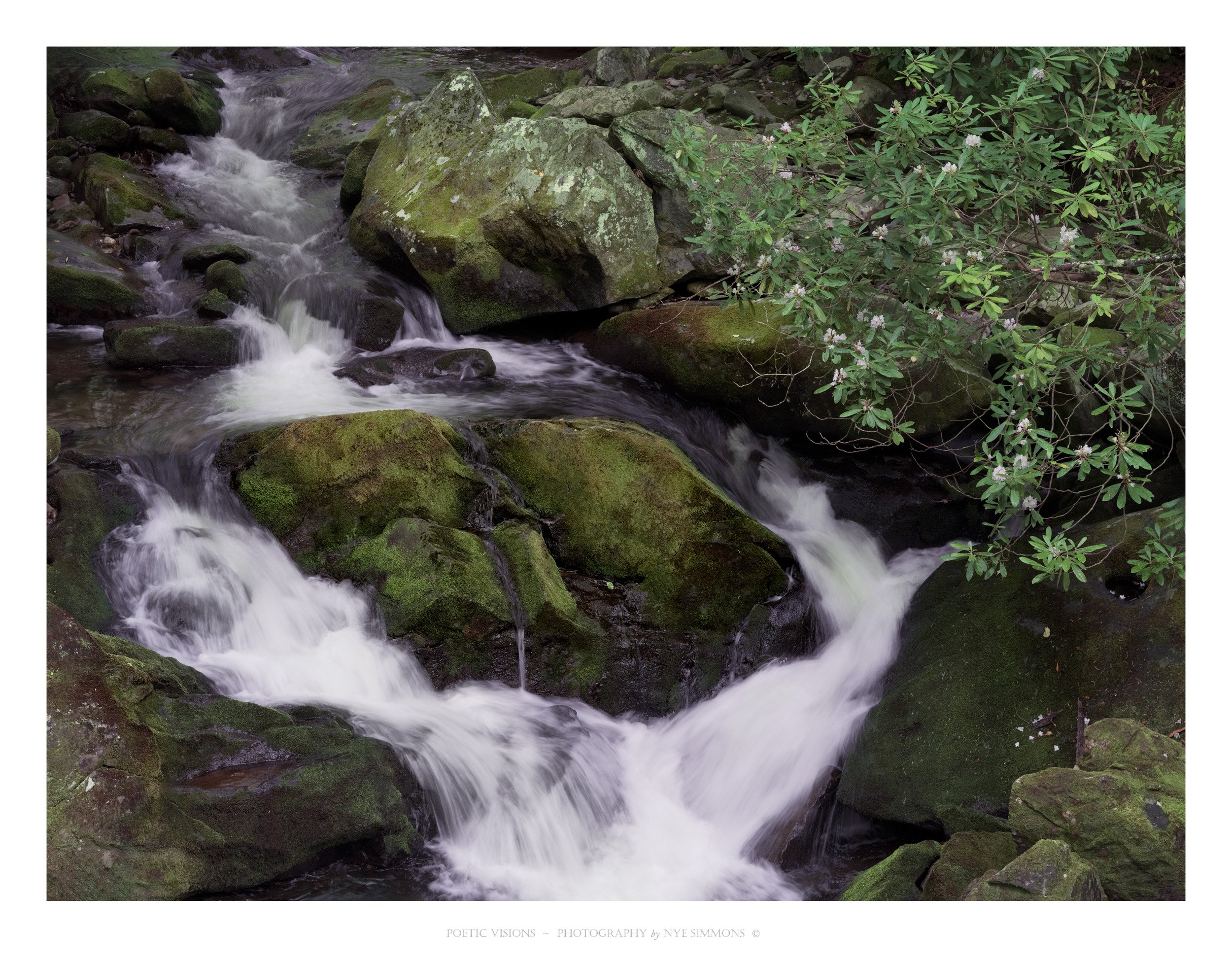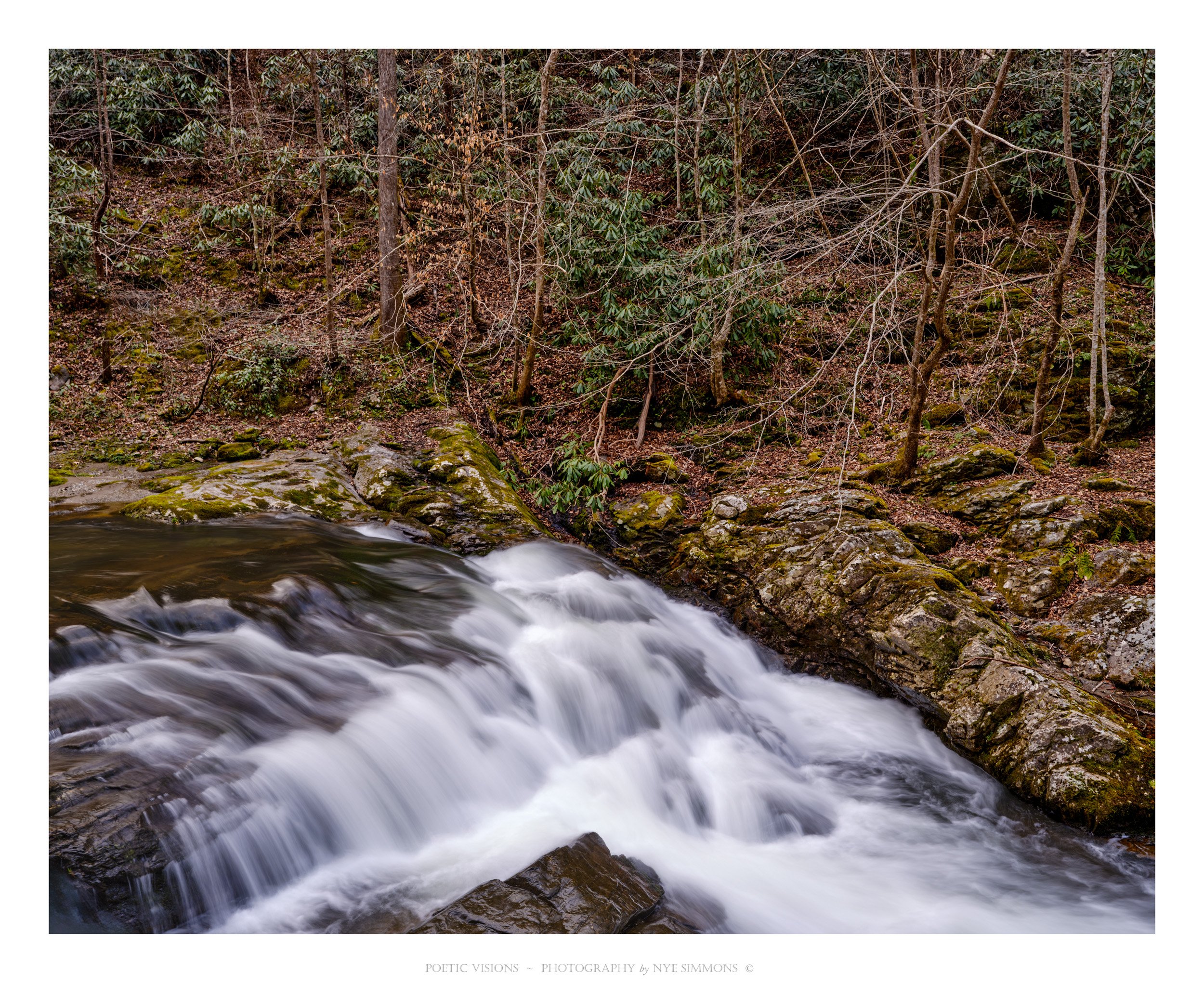Are Tripods Dead?
Of course they aren’t. But…
Pundits have been lamenting the death of film, Photoshop, graduated neutral density filters and other photographic tools for so long now – I have to wonder why not add tripods to the list? The death of each of the above has been heralded by some wonk or another and I have had the thought before – “wait, I still use that”!
Recent advances in image stabilization technology, both in-lens and in-body, as well as high ISO chip performance both beg the question—Do I need a tripod, and when? These tech advances change the game. Many photographers have yet to embrace the tech, however. There are many reasons for this reticence ranging from not having the right equipment to just not having changed the way one does things. Each will have their own spectrum of reasons.
Let me say that I write this from the standpoint of someone who was a 4x5 and 5x7 photographer for many years. The tripod was essential to making the image, the two were inseparable. As a late adopter of digital capture, I too had to enter modern times. But the future is here now, and recent tech advances have changed the game. Here are some of the arguments I have heard to keep using tripods. These are all points I have heard from photographers in my workshops.
For keeping the tripod:
It helps me compose my image. True, it may help you to fine tune your horizon, and your edges, but the tripod does not “see” any more than the camera does. With care and experience, this is easily overcome. Take a few insurance exposures. That is still faster than a tripod setup.
I have a tremor and need the steadiness the tripod gives. I get it, however some simple testing might surprise you how well your image stabilization can compensate for your tremor. Focus not so much on what you cannot do, but on what you CAN do.
I need to raise the ISO too much and I get so much noise. The old mantra was 1/focal length as the minimum to get a sharp image without camera shake. This, of course, was no guarantee of a sharp image, failing more at longer focal lengths with heavier lenses. An ISO in the thousands now can give noise levels once though only possible with an ISO less than 400. Your mileage and taste may vary. Still, that shutter speed formula is a starting point for you to find your own limits. Start doing the math… 5 stops, 6 stops, more… 1/what now?
I need it for my panoramas. Panorama gimbals of various designs used to be essential to getting a good stitch, and probably still so for multi-row compositions. Stitching software in Lightroom and Photoshop as well as proprietary offerings such as PTGui have all made huge advances and can usually crunch a handheld concoction quite nicely. Imagine not having to set up a tripod and gimbal and just go make images.
And, of course, “I have always done it that way”. Well, inertia can be difficult to overcome. It does take a while to get accustomed to any new way of working, so give it time. Often, we do things a certain way because we have always done so, because it’s well inside our comfort zone.
For not using a tripod. (Photojournalists and wedding photographers do this as a matter of daily photographic life.)
Spontaneity. You can “see” and then photograph more spontaneously, exploring different camera positions much more easily and quickly. Once the tripod is set up, photographers tend to stay anchored to that place. Freedom’s just another word for no tripod to lug around.
Speed. While your friends are setting up, you can be making images, sometimes catching the fleeting light that they miss. You can be done before they start. You are then free to explore different compositions.
No tripod set up possible. Let’s face it, sometimes the terrain is so irregular that a tripod just doesn’t work for lack of the necessary height or stability. If you are in a kayak you will hand hold unless you can get out of the boat or the water is shallow enough to sink one in the mud next to the kayak.
Less weight and bulk, less stuff to haul around. The farther you work away from a vehicle, the more important it becomes. A gnarly hike is less so with five or more fewer pounds on your back.
Let’s get to the good stuff. How slow can you go? This is going to be a function of focal length and you as a photographer. You will need to do your own testing to find your sweet spot. I have had a very high hit rate with my FujiFilm GFX100s at 100mm focal length at 1/8 second and consider that solidly usable. I could not get a good image at 1 second with the GFX but a reasonable hit rate at 0.5 secs at 35mm. I have read of Canon users expanding that to 3 seconds and more at wide focal lengths!! To be clear, I just turned 72, so not having the advantage of youth.
Cascade and Rhododendron, GSMNP FujiFilm GFX100s with 45-100mm at 88mm, f/11, 1/10 sec ISO 1600, handheld. There was a bit of vibration on the bridge where I was standing so not sure how that would have affected a tripod-based image. I like this shutter speed as a starting point for moving water. It keeps the water somewhat silky without turning to mush. A crop follows.
This is a 3.5 x 3.5 inch crop at 100% zoom with no sharpening applied in RAW output or jpeg creation. How slow could I have gone? I am still investigating.
GFX100s with 35-70 at 35mm, 0.5 secs f/ 16 ISO 50 handheld, 4x5 crop. Modest sharpening applied in Capture One, none creating the jpeg.. Crop follows.
100% crop from the above image, 2.5x2.5 inches. No sharpening applied to either in jpeg creation.
In practical terms the biggest problem I have had is keeping horizons level and verticals vertical. Because I know this, I take several frames to raise my keeper rate.
OK. This is not an exhaustive list. There are, I think, situations where most would agree that a tripod is essential.
Not enough light to handhold. There comes a time when this happens, every day, twice a day, and sometimes more often.
Focus stacking. For the best results, a tripod is your best choice, but handholding in the right situation is a viable option, and it is much faster. After experimenting with handheld focus stacks for the past year, I am convinced it works in the right situation.
Night sky photography. No argument there.
Long exposures with neutral density filters.
So, in keeping with my quest to test my thresholds for handholding a focus stack, this image taken in Cades Cove a few days ago. I added an Orton effect layer so this is not a resolution test file. It was, however a handheld stack, compiled in Photoshop by manually blending two layers. Original files with Canon R5 and RF 100-500 at 135mm, f/11at 1/200 sec, ISO 6400. The scene presented itself in a way suitable to stack these two high-frequency images that would traditionally be the bane of focus blending.
Almost cheating you say? This handheld stack benefitted from snow which was very forgiving when it came time to assemble the stack. FujiFilm GFX100s with GF 45-100 at f/16 1/100 sec, ISO 1600 handheld.
There will be situations that require the use of a tripod for the foreseeable future, but increasingly the hand-held option will be a more viable alternaitve I urge you to explore this way of making images to add to your bag of tricks. I call it freedom!





